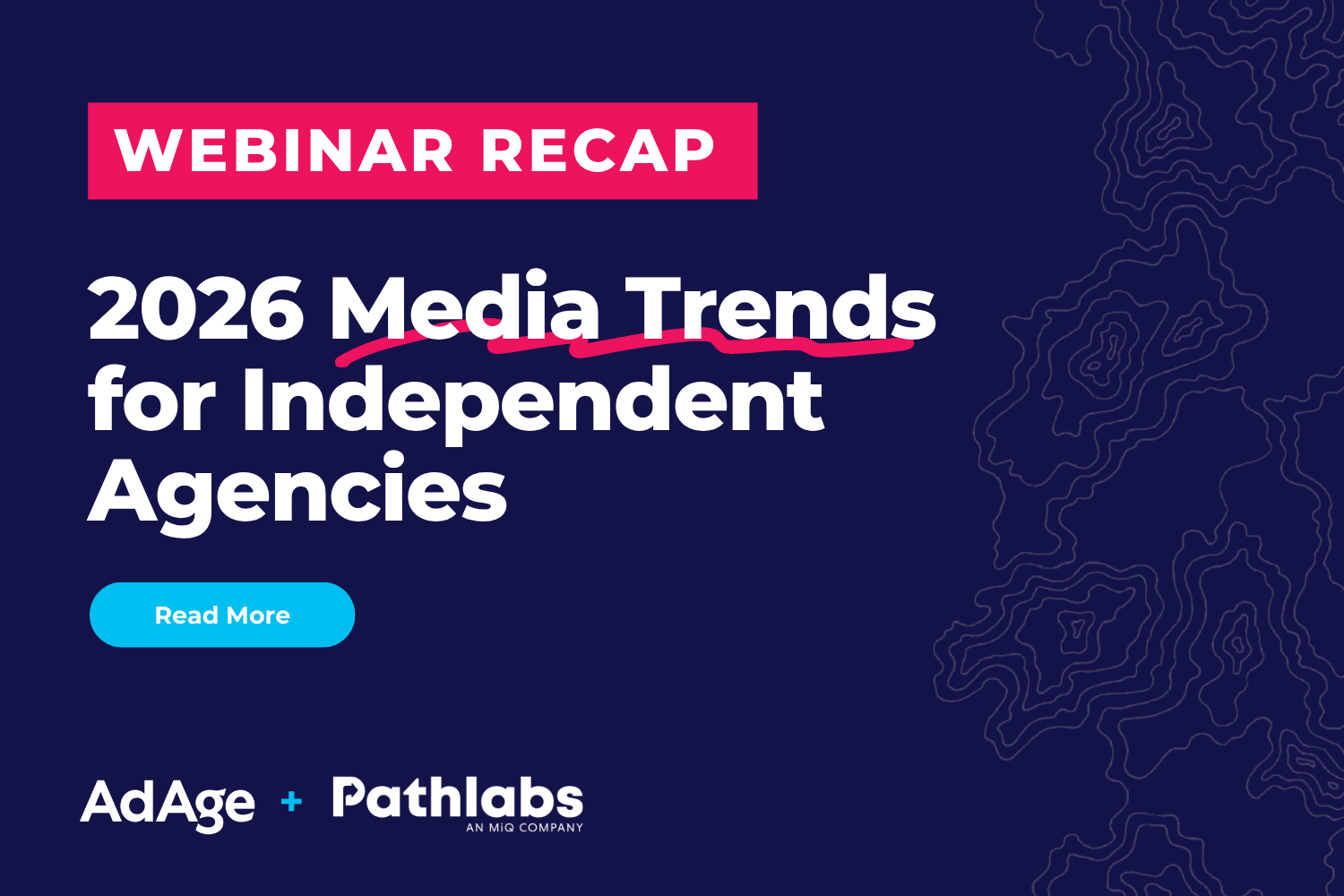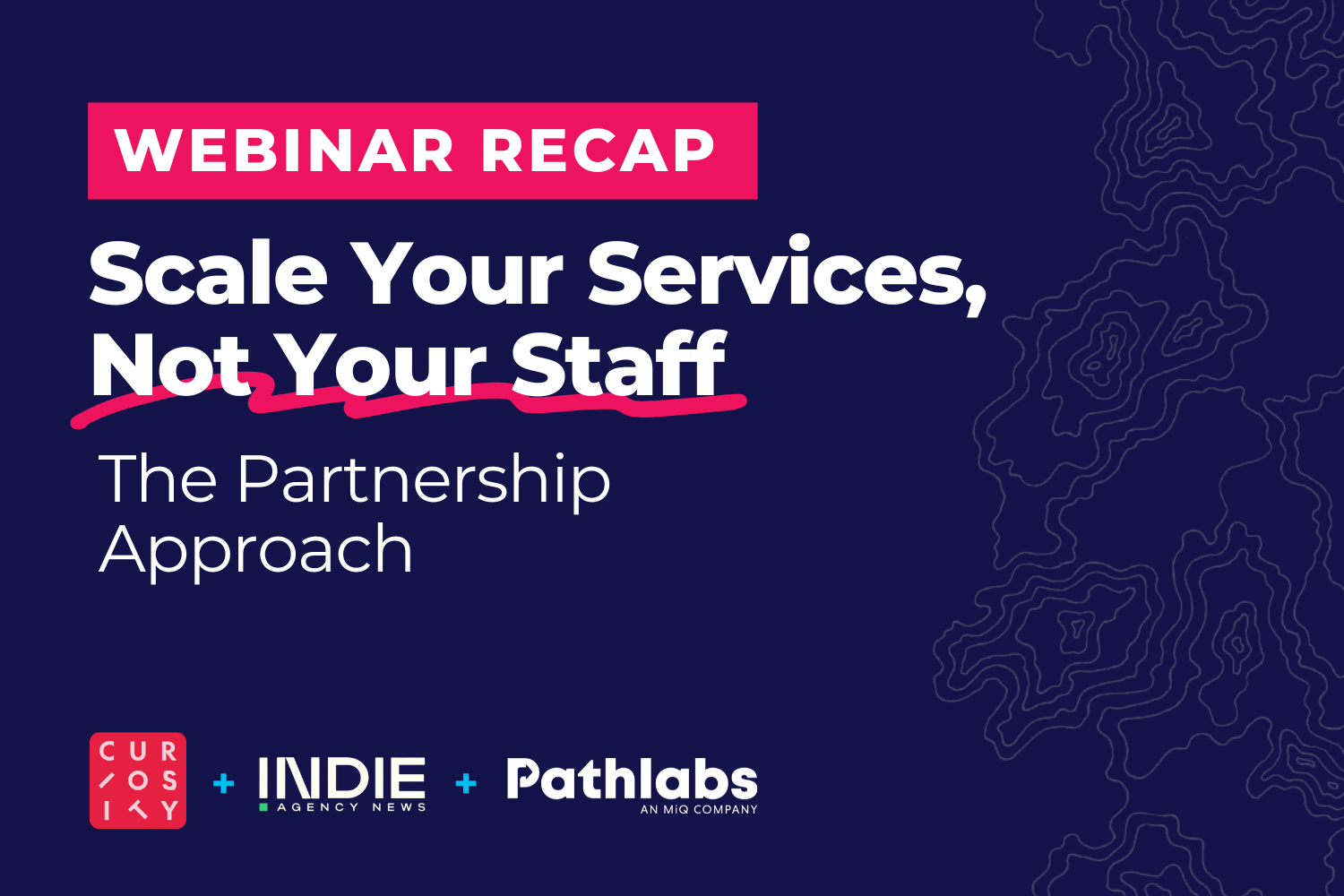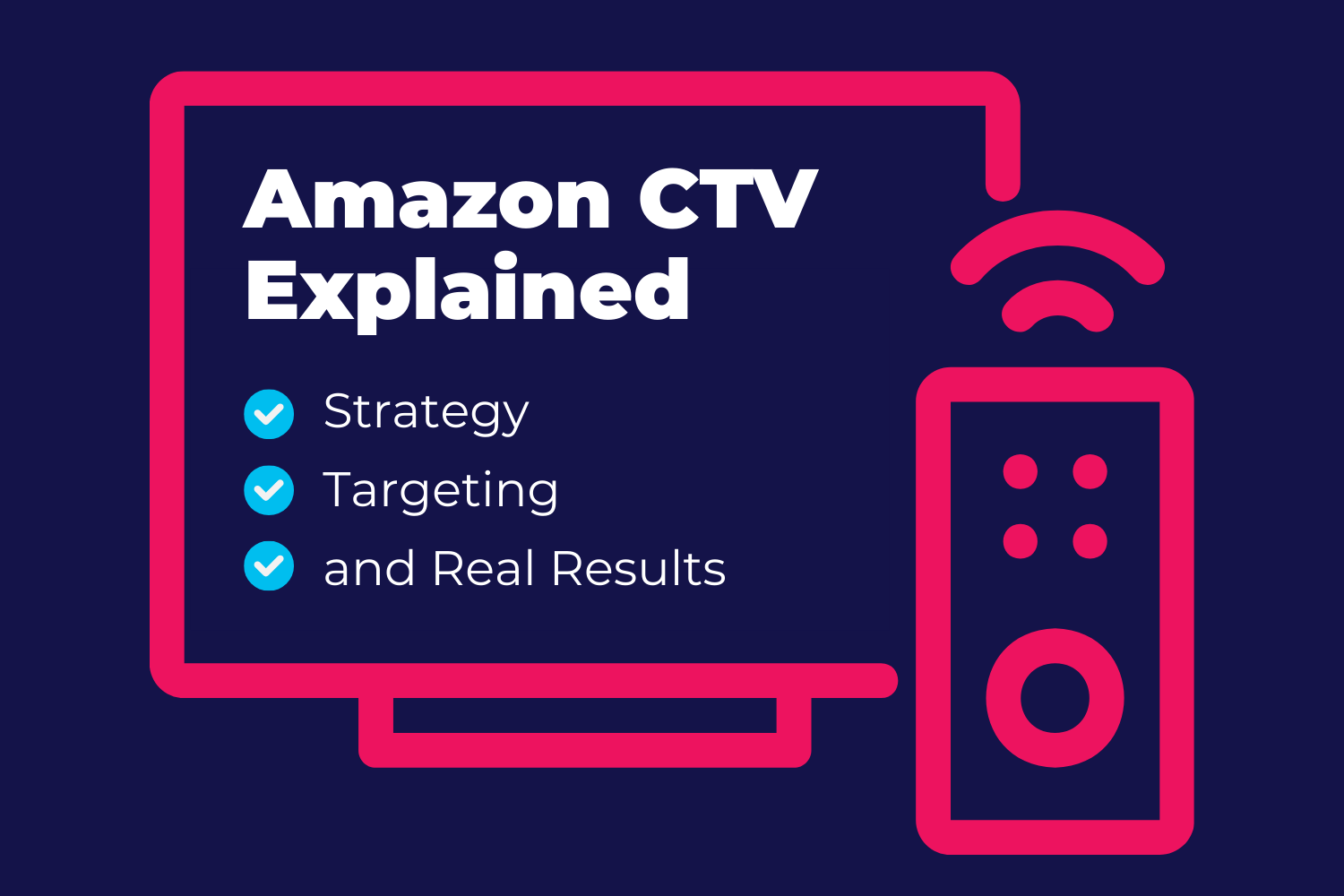10 Powerful Advantages of Social Media Advertising
| Pathlabs Marketing |
| August 25, 2025 |
Social media advertising isn’t just a marketing trend. It’s a powerhouse strategy that drives real, measurable results. For agencies and marketing leaders, the challenge isn’t deciding whether to invest in social media ads but how to scale campaigns efficiently, prove ROI, and stay ahead of industry shifts. With AI-driven targeting, shifting algorithms, and evolving consumer behaviors, strategic media buying is more critical than ever.
In this article, we’ll explore 10 powerful advantages of social media advertising that help agencies optimize budgets, combat ad fatigue, and maximize engagement. Whether you’re looking to refine your paid strategy or justify investments to stakeholders, our expert insights will provide the clarity and confidence you need to elevate your social media ad performance.
Exploring The Benefits Of Social Media Advertising
In today’s digital landscape, social media advertising is more than a growth lever; it’s a strategic advantage. For agencies and marketing leaders, it offers a direct path to reaching the right audience at the right time with precision and scale.
But the playing field is shifting. Rising acquisition costs, evolving platform algorithms, and increasing ad fatigue mean throwing budget at the problem won’t cut it. To unlock the real benefits of social media advertising, agencies need a data-driven approach grounded in audience insights, AI-powered targeting, and performance-first optimization.
1. Precise Audience Targeting For Higher ROI
One of the most significant advantages of social media is the ability to reach highly specific audiences with precision. Unlike traditional marketing, which casts a wide net, social platforms allow agencies to target users based on demographics, interests, behaviors, and even job roles.
AI-driven targeting and lookalike audiences refine this process further, ensuring ads reach high-intent prospects efficiently. Retargeting strategies help re-engage users who have previously interacted with a brand, increasing the likelihood of conversions.
For example, Nike successfully used Facebook’s detailed targeting to promote its running shoes to fitness enthusiasts and marathon runners. By leveraging custom and lookalike audiences, Nike increased engagement and conversions while optimizing ad spend.
When evaluating organic vs paid advertising, social media’s granular targeting capabilities make paid campaigns far more effective for maximizing ROI. By leveraging these advanced targeting tools, agencies can optimize ad spend, reduce wasted impressions, and improve overall campaign performance.
2. Scalable Advertising For Any Budget
With daily social media usage surpassing 5.4 billion users worldwide, social media advertising offers brands the flexibility to scale campaigns according to budget and objectives. Whether working with a small test budget or a large-scale enterprise spend, agencies can adjust ad allocations in real time to maximize impact.
Unlike traditional advertising, which requires significant upfront investment, social ads provide the ability to start small and scale as performance data comes in.
Faster launch times allow brands to capitalize on emerging trends and timely opportunities, ensuring relevance in dynamic markets. By leveraging this adaptability, marketing leaders can efficiently manage resources while achieving measurable growth, making social media one of the most scalable and cost-effective digital advertising channels.
3. Real-Time Performance Tracking
A major advantage of advertising on social media is the ability to track performance as it happens. No more waiting weeks for campaign reports. Agencies get instant access to key metrics like engagement, conversions, and cost per result.
That real-time visibility means faster optimizations. From tweaking ad creative to reallocating budget, agencies can make smart, data-backed moves on the fly. AI-powered tools take it a step further by predicting trends, auto-adjusting bids, and surfacing insights that boost efficiency.
During its “Share a Coke” campaign, Coca-Cola used real-time analytics to monitor audience reactions and refine ad messaging in the moment, leading to higher engagement and expanded reach.
In short, real-time tracking turns every campaign into a live feedback loop. It helps agencies prove ROI faster, pivot with precision, and stay ahead in fast-moving digital markets.
4. Increased Brand Engagement and Awareness
Social media is a powerful channel for fostering direct interactions between consumers and brands, creating a more profound sense of trust and loyalty. Unlike one-way advertising methods, social platforms encourage two-way conversations, allowing audiences to engage through comments, shares, and messages. User-generated content and influencer collaborations further amplify organic reach, making brand messages feel more authentic.
As part of a performance-based marketing strategy, social media allows brands to track engagement metrics in real-time, adjusting content to maximize interaction and visibility. By maintaining an active presence and leveraging community-driven content, agencies can strengthen brand awareness, build credibility, and turn audiences into long-term brand advocates.
5. Cost-Effective Compared To Traditional Advertising
Compared to radio, TV, or print ads, paid advertising on social media offers significantly lower costs while delivering higher engagement and conversion potential. With platforms like Instagram and Facebook, businesses can run highly targeted campaigns with flexible budgets, ensuring that ad spend goes toward reaching the right audience.
For example, Airbnb successfully leveraged Facebook Ads to promote its Experiences feature. By using dynamic ads and precise audience targeting, the company achieved a lower cost per acquisition (CPA) than traditional channels, allowing it to scale efficiently without overspending.
The pay-per-click (PPC) and cost-per-impression (CPM) models make it easy to control expenses while tracking real-time performance.
Additionally, social media allows brands to test multiple creatives and audience segments without committing to large, upfront costs. This data-driven approach makes social advertising one of the most cost-effective digital marketing strategies, helping agencies maximize impact while maintaining budget efficiency.
6. Versatile Ad Formats for Different Campaign Goals
One of the most significant advantages of social media advertising is the flexibility to choose the right ad format for different campaign objectives. Whether you're driving brand awareness, generating leads, or boosting engagement, platforms like Facebook, Instagram, and LinkedIn offer a range of options, from carousel ads and video ads to interactive stories and lead-generation forms.
This adaptability ensures that your digital media execution aligns with specific goals, audience preferences, and content strategies. Short-form videos, sponsored posts, and immersive ad experiences allow marketers to create dynamic, visually engaging campaigns that capture attention.
By leveraging diverse ad formats, agencies can craft high-performing campaigns tailored to each stage of the customer journey, maximizing impact and ROI while keeping content fresh and engaging.
7. Fast Campaign Launch and Agility
Speed is everything in today’s fast-paced digital world, and social media advertising offers unparalleled agility. Brands can launch campaigns in minutes and quickly adjust targeting, creativity, or budgets to align with trending topics, real-time events, and emerging content formats like TikTok videos, Instagram Reels, and YouTube Shorts.
For example, Oreo’s “Dunk in the Dark” campaign during the 2013 Super Bowl blackout is a prime case of real-time marketing success. Within minutes of the stadium lights going out, Oreo’s social media team launched a Twitter ad that read, "You can still dunk in the dark." The ad went viral, generating massive engagement at virtually no cost.
The ability to react instantly to viral trends allows brands to stay culturally relevant and engage audiences at the right moment. Unlike traditional marketing, where changes can take weeks, social media advertising enables businesses to optimize in real-time.
On global social networks, brands can test multiple creatives, analyze results instantly, and pivot strategies based on performance data, ensuring that campaigns remain effective and cost-efficient in an ever-changing digital landscape.
8. Seamless Integration With Other Digital Marketing Channels
Social media advertising doesn’t operate in isolation–it works best as part of a broader integrated media strategy. Brands can amplify their digital marketing efforts by aligning social ads with email campaigns, SEO, and content marketing initiatives. One powerful approach is native advertising, where paid promotions blend seamlessly with organic content, making ads feel less intrusive and more engaging.
Social media platforms also provide seamless tracking capabilities, allowing businesses to measure cross-channel attribution and refine marketing strategies accordingly. By integrating social media ads with other digital channels, agencies can create a cohesive, data-driven approach that maximizes customer engagement and drives consistent results across multiple touchpoints.
9. Competitive Advantage With Emerging Trends
Staying ahead in social media advertising requires continuous optimization and adaptation to emerging trends. Agencies that leverage native advertising, A/B testing, and data-driven decision-making can significantly enhance ad performance and engagement. AI-powered insights and automation tools help refine audience targeting while new ad formats and interactive experiences drive stronger user interaction.
For agencies looking to scale without increasing internal resources, Pathlabs serves as a strategic partner, offering white-label media execution expertise, advanced technology, and flexible pricing models. By outsourcing execution to a trusted partner, agencies can focus on high-level strategy while ensuring seamless campaign execution, delivering superior results for clients, and maintaining a competitive edge in the ever-evolving digital realm.
10. Long-Term Value Through Data and Insights
One of the most valued aspects of social media advertising is the wealth of data it generates. Unlike traditional marketing, where insights can take months to collect, social platforms provide instant analytics on audience behavior, engagement rates, and conversion patterns. This data isn’t just useful for short-term optimizations; it fuels long-term strategies like content marketing, customer segmentation, and campaign forecasting.
For example, Spotify’s "Wrapped" campaign uses user data to personalize year-end summaries, strengthening customer engagement and reinforcing brand loyalty.
By continuously analyzing performance metrics, agencies can refine messaging, improve ad creativity, and allocate budgets more effectively. Over time, this data-driven approach leads to smarter marketing decisions, stronger audience connections, and sustainable growth. Social media isn’t just about immediate wins. It’s a long-term investment in brand visibility, customer loyalty, and overall business success.
Key Benefits of Social Media Advertising for Agencies
Social media advertising offers unmatched advantages, from precise audience targeting and scalable budgets to real-time performance tracking and diverse ad formats. It gives agencies the tools to optimize spend, move fast, and deliver stronger ROI while staying aligned with evolving audience behavior and channel trends.
But successful execution takes more than great strategy. It takes time, expertise, and the right tech stack. That’s where Pathlabs comes in.
We help agencies scale paid social campaigns with speed, precision, and zero internal strain. Whether you’re optimizing existing efforts or expanding your service offering, we’ve got your back.
How Pathlabs Helps Agencies Maximize Social Media Advertising Success
For agencies looking to scale their social media advertising without overextending internal resources, Pathlabs offers a powerful white-label media execution solution. By leveraging Pathlabs’ advanced technology stack, agencies can access AI-driven audience targeting, real-time performance tracking, and automated bid optimization to enhance campaign efficiency.
Pathlabs' team of experts handles the complexities of digital media buying, freeing agencies to focus on high-level strategy and client relationships. With scalable pricing models, agencies can seamlessly expand their service offerings without the overhead costs of hiring additional staff.
Whether executing high-volume paid social campaigns or refining niche targeting strategies, Pathlabs ensures every ad dollar delivers maximum impact. By acting as a behind-the-scenes execution partner, Pathlabs empowers agencies to drive better results, improve ROI, and stay ahead of digital advertising trends while maintaining full client ownership and strategic control.









